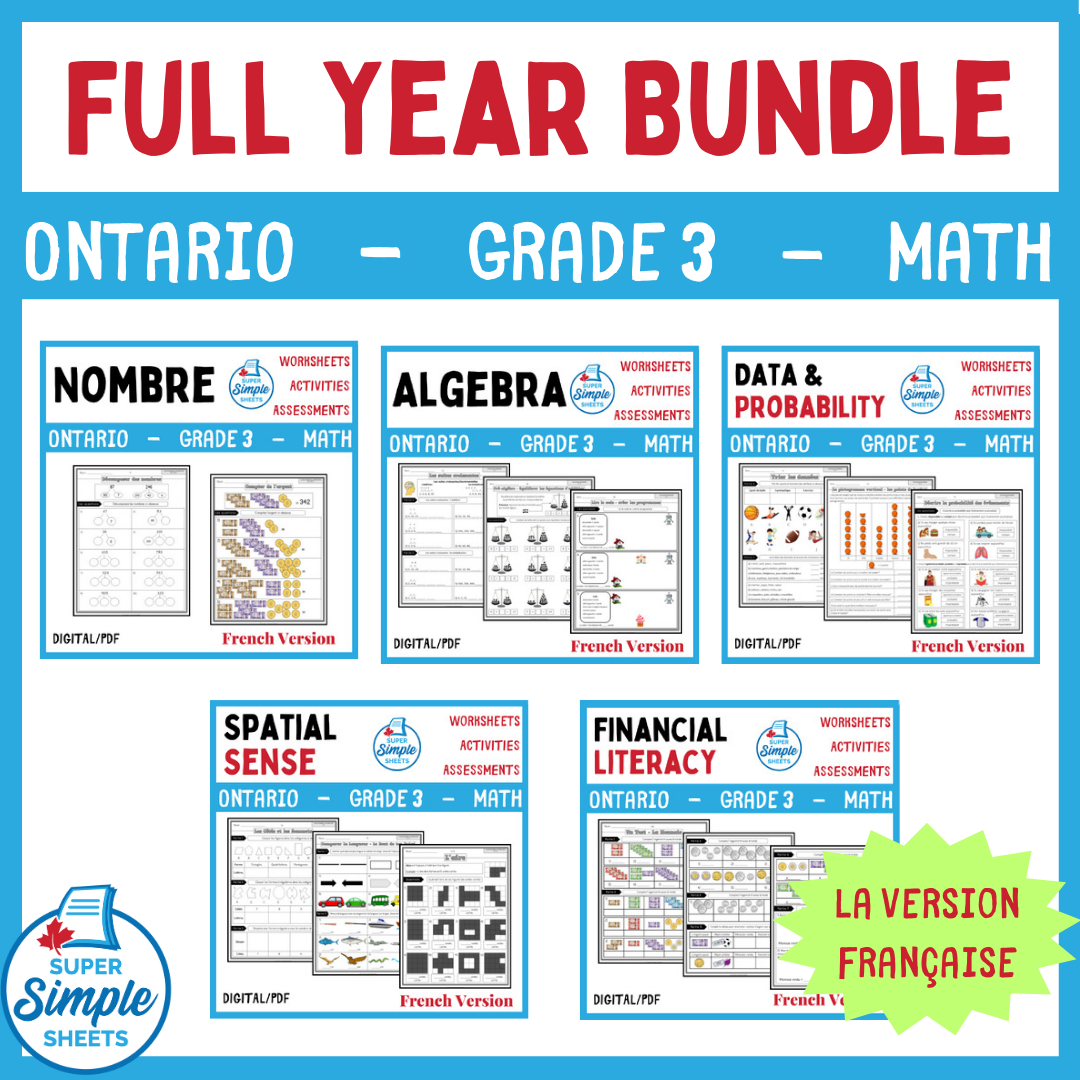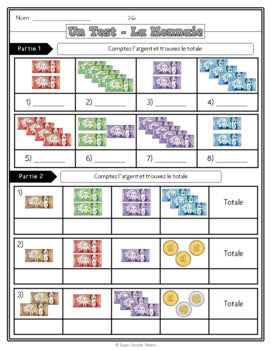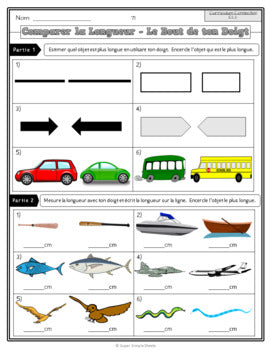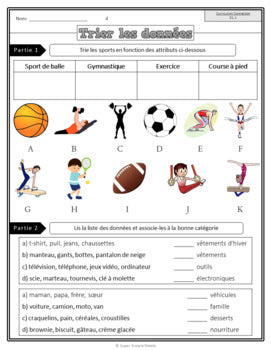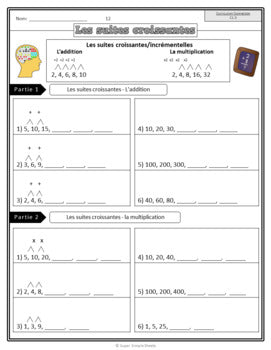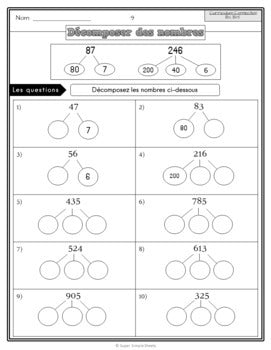Grade 3 - Full Year Math Bundle - Ontario 2020 Curriculum - FRENCH VERSION
Grade 3 - Full Year Math Bundle - Ontario 2020 Curriculum - FRENCH VERSION
Interested in a bundle? Shop below instead!
Couldn't load pickup availability
PRODUCT PREVIEW
FRENCH VERSION! Perfect for French Immersion!
Grade 3 - New Ontario Math Curriculum 2020 – This bundle covers all expectations in the Grade 3 - New Ontario Math Curriculum. Included are 500+ activity sheets in French for your students to learn the overall and specific expectations outlined by the Ministry of Education.
Check out each of the strands below to learn more about the resources included in this bundle.
Strand B - Number (Number Sense and Operations)
Concepts that are covered:
- Composing and decomposing whole numbers to 1000
- Using base ten blocks to represent numbers
- Counting money as base ten reinforcement ($100, $10, $1)
- Comparing and ordering numbers to 1000
- Rounding numbers nearest 10 and nearest 100
- Counting by 50, 100, and 200
- Place value (assignment as well as activity sheets)
- Fair sharing of items to 20
- Equivalent fractions
- Number line addition, subtraction, multiplication, division
- Fact Families – Relationship between multiplication and division
- Multiplication and division facts of 2, 5, 10
- Addition mental math strategies (adding in chunks, counting on, doubling, and more)
- Subtraction mental math strategies (adding up, counting back, subtracting in chunks)
- Standard algorithms – addition, subtraction, multiplication, division
- Estimating and solving addition and subtraction
- Arrays – Multiplication and Division
- Multiplication and division of fractions
- Repeated addition of fractions
- Ratios
- 3 Unit Quizzes
Strand C - Algebra (Patterns, Equations, Coding)
- Repeating Patterns (different shapes, sizes, colours, orientations)
- Increasing/Decreasing patterns using all 4 operations (addition, subtraction, multiplication and division)
- Table of Values
- Pattern Blocks
- Pattern Rules
- Pattern Cores
- Relationships between whole numbers (number strings using 2, 5 and 10)
- Solving using variables
- Balancing equations using all 4 operations
- Evaluating equations deciding if they are equal (balanced)
- Writing code
- Interpreting code
- Using loops in code
- 3 Unit Tests – 1 for each overall expectation
- Answer pages
Strand D - Data (Data Literacy and Probability)
- Sorting people and things based on two and three attributes
- Venn Diagrams
- Carroll Diagrams
- Tree Diagrams
- Collecting data for areas of interest
- Collecting data that fixes a problem
- Using Tally Marks
- Using Frequency Tables
- Qualitative and Quantitative Data
- Interpreting Pictographs and Bar Graphs
- Creating Pictographs and Bar Graphs
- Determining the Average and Mode of data sets
- Drawing conclusions about different sets of data
- Drawing conclusions about different visual representations (line graph, circle chart, double bar graph)
- Describing the likelihood of an outcome (impossible, unlikely, equally likely, likely, and certain)
- Completing surveys with different populations (students vs adults) and comparing the results
- Predicting the results of surveys when using a different population (students vs adults)
- Answer pages
Strand E - Spatial Sense
- Sorting, constructing and identifying cubes, prisms, pyramids, cylinders, and cones.
- Sorting 3D shapes based on their faces, edges, vertices and angles
- Composing and decomposing 2D and 3D structures
- Finding 2D and 3D shapes in real life (bridges, buildings)
- Identifying congruent lengths, angles and faces in 2D and 3D shapes
- Explaining movement using distance and direction (left, right, up, down, cardinal directions – east, west, north, south)
- Turns – clockwise/counterclockwise and half/quarter/full turns
- Finding perimeter of regular, irregular and curved shapes
- Investigating the relationship between mm, cm, m, and km
- Using the appropriate unit of measurement
- Finding mass and capacity
- Experiments to find mass and capacity
- Using non-standard units to measure mass, perimeter, area, and capacity
- Telling time using analog and digital clocks in hours, minutes and seconds
- Describing the time using half past, quarter to, and quarter after
- Finding the area of 2D shapes by matching and covering shapes
- Use cm squared and m squared to answer questions
Strand F - Financial Literacy
- Making Benchmark Dollars
- Counting Dollars
- Counting Dollars – Base Ten
- Counting Dollars
- Counting Benchmark Cents
- Counting Cents
- Counting Cents – Finding the Total
- Converting Cents to Dollars
- Counting Canadian Coins
- Counting Canadian Coins – Finding the Total
- Making Change – Using Cents
- Making Change – Using Dollars
- Counting Money – Dollars and Cents
- Calculating Change Using $1
- Calculating Change Using $2
- Calculating Change Using $5
- Calculating Change Using $10
- Calculating Change Using $20
- Calculating Change Using $50 and $100
- Calculating Change Using All Money
- Giving Change Using Coins
- Adding Money
- Adding Money – Larger Amounts
- Money Word Problems
- Financial Literacy Unit Test
*** Answer pages for some strands included, all will be added shortly
This is a comprehensive unit that will save you hours of planning! It has been tested and found effective in helping students achieve the learning goals setup by the Ministry of Education in their new math curriculum.
Share

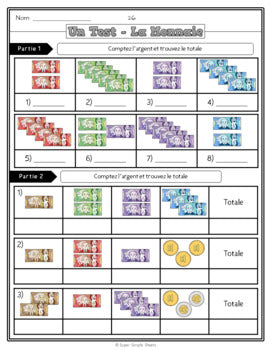
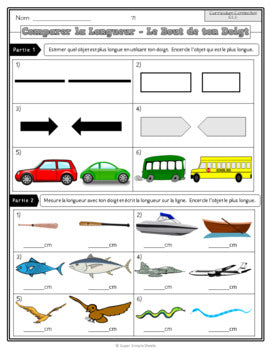
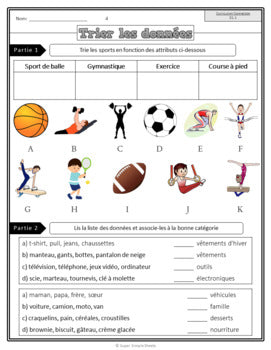
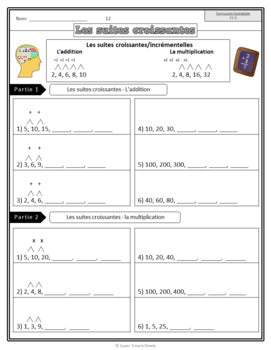
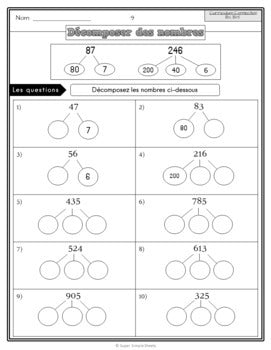
Well organized materials. Thank you !
I appreciate these resources so much. They are great for solidifying learning and allowing students to practice what they learn. It's a great way for students to show us what they know! Thank you!
